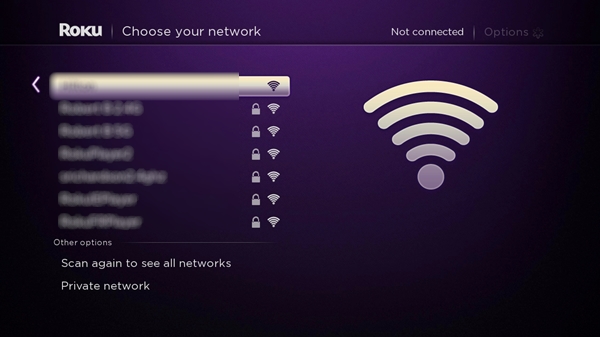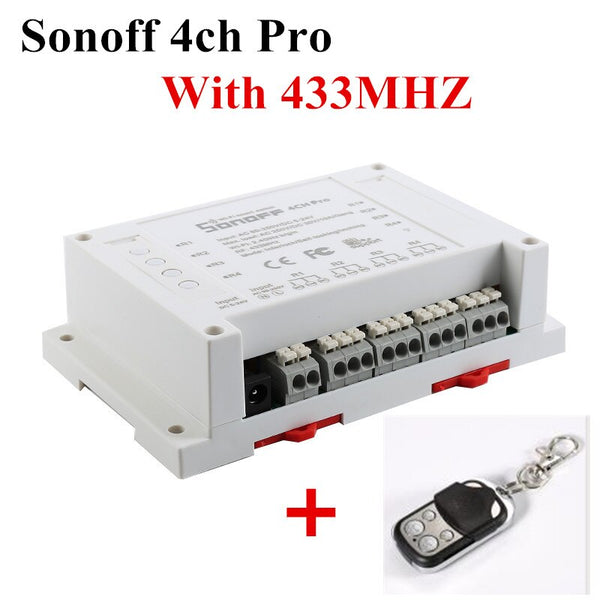Table of Content
Remove the devices and immediately change to a stronger password. You can also log in to your router on a computer to see all of the connected devices and remove the ones you don’t want on the network. One of the key elements of a strong WiFi signal is the location of your wireless router or access point . Extend your Wi-Fi range at with this super-fast AC1200 Wifi Range Extender . Thanks to it’s cutting edge 802.11ac Wifi standard, this easy to use extender can boost your Wi-Fi range with a speed up to 1167 Mbps.
Typical sources of Wi-Fi signal impediments in residences include brick walls, large metal appliances, microwave ovens, and cordless phones. Sometimes, raising the height of the router improves the range because many obstructions are located at floor or waist height. In a similar manner to a second router, a WiFi extender or booster also takes the original signal and repeats it to extend its reach. WiFi extenders are also available without any ingress protection for use indoors. Such WiFi extenders are usually considerably less expensive than their outdoor counterparts, and they’re just as easy to install. If you have a router with a replaceable external antenna, you can easily improve its performance by getting a better one.
My Account
Did you know that dual-frequency routers offer you the choice of 5.0GHz and 2.4GHz bands? As long as there’s a wired connection available, you can place the Access Point in the extreme corners of the dead zone. That will give you better coverage where you need it most, but it depends on where you have wired access to the network.

Also, it is unable to infiltrate obstacles such as walls and ceilings. Using powerline adaptors to extend your Wi-Fi range can also be helpful. A powerline adaptor provides internet to your computer via the home’s power outlet. Your device can connect right to the router through the ethernet cable.
Use A Wi-Fi Extender
A mesh network is made up of two or more WiFi access points, typically called nodes, which together blanket a large area with seamless WiFi coverage. By setting up a mesh network in your house, you can gain the ability to roam with your devices from room to room uninterrupted by connection drops and slowdowns. Using a Wi-Fi extending device is another great way to boost your Wi-Fi signal. Wi-Fi extenders work by capturing and rebroadcasting the signal from your router, allowing it to reach farther than it previously could.

In other cases, you may need to make a financial investment to provide the WiFi range that your users require. Of course, this doesn’t mean that it’s the right solution for everyone. A wireless access point requires that you have an ethernet port wired into the wall to plug into in order to feed back into your main home network. You can get around this by using a powerline adapter , but this will only make things more expensive by adding in more hardware. In addition, they can often be more expensive than their wireless counterparts, making them less ideal for a quick and dirty fix. Still, if you’re looking to deliver the best speeds consistently throughout your home, a dedicated access point is an excellent idea.
Update the Firmware
You can find them on the sticker at the bottom or back of the router. So, place your router in an elevated centralized location free from obstructions. It’s worth remembering that Wi-Fi signals travel easier through open space. So if you place your Wi-Fi router behind a TV, inside the cupboard, or desk drawer, refrain from doing that.
This allows for a high-speed connection to the internet just about anywhere you have an outlet in your home. One of the simplest ways to extend your wireless network is to use a Wi-Fi extender. Before purchasing one, be sure to do your research and buy one that can reach your desired range. When purchasing a router, be sure to do your research and select one that best suits your internet needs. Some routers have higher maximum speeds and ranges than others, so it’s important to choose one that’s capable of producing the internet speed you’re paying for.
However, they are often not as effective as mesh Wi-Fi systems, which replace your existing router entirely. Run another speed test to see if that provides a better signal and faster speeds over the Automatic setting in your problem areas. Today’s router apps can help manage more complex systems that involve repeaters. Both the Nighthawk and the Asus apps allow you to set up compatible routers as repeaters.
With prolonged work from home periods extending well into the second half of 2021, your home wi-fi is as crucial a part of your life as any other. On this note, we take a look at five easy, do it yourself steps to extend wi-fi range at home. For the most part, we attempt to make do without buying any additional new hardware, such as all the fancy new wi-fi routers around you. At times, the simple workaround might just be near you, and here are a few ways in which you can boost and extend wi-fi range at home. However, there are instances where slow speeds, dropped connections and dead zones occur. Router manufacturers make improvements to their software and issue firmware updates to improve the performance of their products.
Some routers even have a companion app for Android and iOS mobile devices, allowing you to take care of firmware updates with a simple tap. It’s important to note that this on its own usually does nothing to actually extend an existing wireless network. Instead, it simply allows you to achieve a hardwired connection in rooms that otherwise aren’t wired for ethernet.

There are plenty of mobile apps, too, such as Netgear's WiFi Analytics. If your router has external antennas, orient them vertically to bump up coverage. If you can eliminate even one wall between your workspace and the router, you can drastically improve performance. The extenders are quite handy to eliminate the Wi-Fi dead zones. On the other hand, the 2.4GHz band is good at piercing obstacles and offers wide coverage. Keep up-to-date with our services and coverage by signing up to our email newsletter.
To reinforce a particular area of signal weakness, you can point a directional antenna toward it, but you need to keep in mind that other directions may suffer. That said, most router antennas tend to be omnidirectional. However, if you live in a densely populated area, surrounded by WiFi networks broadcasting on 2.4 GHz, the 5 GHz band is an easy choice. With this useful software application, you can visualize the strength of your wireless signal on a map and easily see all areas of signal weakness.

The survey can alert you to potential problem areas in your projected coverage area and help you decide on the proper equipment to serve your needs. Plunging ahead with a WiFi implementation without a site survey sets you up for issues that impact your network. Just like walkie-talkies, all WiFi routers broadcast on a certain channel.
If your network is open, or has a weak password, you could have an unwanted guest or two piggybacking on your network. If the neighbor is downloading multiple 4K movies on your Wi-Fi, your video chats will suffer. Keep in mind that channel congestion can change over time, so if you choose a channel manually, you may want to check in once in a while to make sure it's still the best one. There are also plenty of tools to help you visualize your network coverage. We like Ekahau's Heatmapper or MetaGeek's inSSIDer, which show you both the weak and strong spots in your Wi-Fi network.
In this guide, we’ll take a look at the popular types of devices meant for extending your home Wi-Fi network. We’ll also look at some of the most common coverage issues that come up as well as how to fix them. There are many reasons why you may be experiencing less-than-stellar wireless performance in your home (and we’ll get into them below). But before you jump to conclusions, it’s worthwhile to ask yourself whether you need to extend your network in the first place. Others may have features like Multi User-Multiple Input Multiple Output (MU-MIMO), like the Editors' Choice TP-Link Archer AX11000 tri-band gaming router. However, if you upgrade to a new router with the latest 802.11ac standard, you get support for 1Gbps.
No comments:
Post a Comment